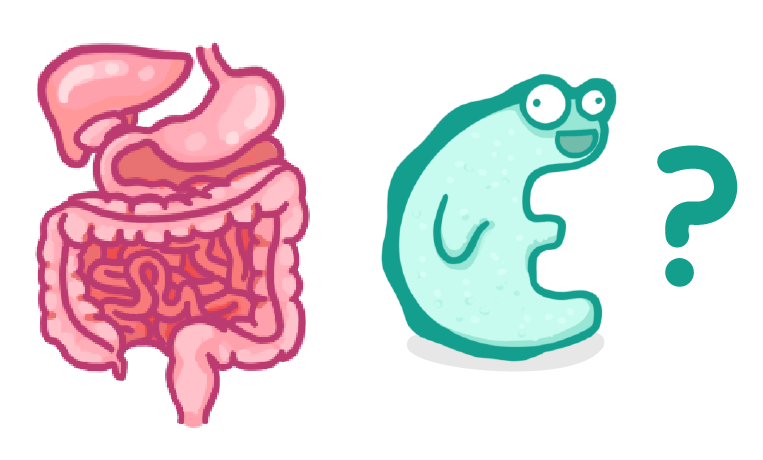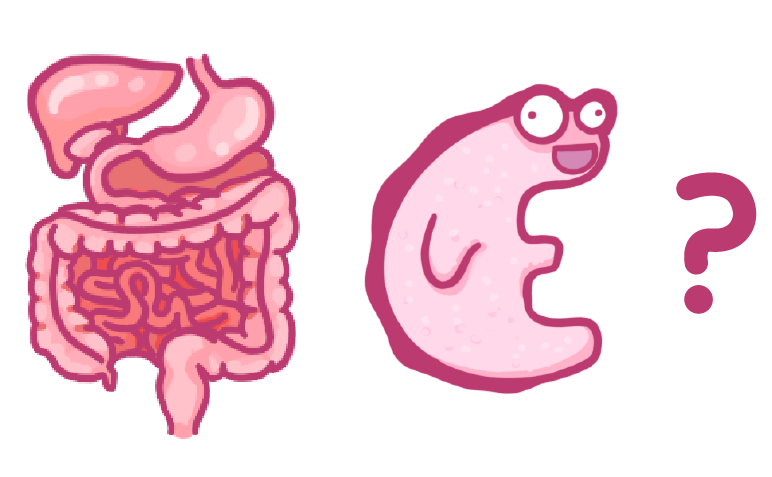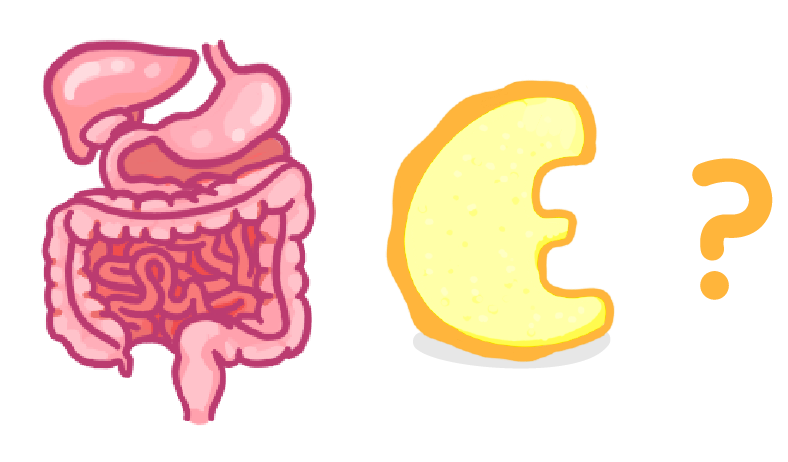Digestive Enzymes
This lesson covers:
- Which enzymes carbohydrates, proteins and lipids, are broken down by
- Which products they're broken down into
- Which organs produce each enzyme
is a polymer of glucose, produced by plants.
|
Starch is broken down by the enzyme into maltose molecules. These are then broken down further by into glucose.
|

Which organs in the body produce amylase?
(Select all that apply)
Liver
Salivary glands
Pancreas
Small intestines
Stomach
|
Which of the following foods are most likely to be a good source of protein?
(Select all that apply)
Nuts
Apples
Fish
Tomatoes
|

Proteins are broken down by a group of enzymes called into individual monomers called .
|
Which two of the following are examples of protease enzymes?
Trypsin
Lipase
Pepsin
Maltase
|

Which organs in the body produce protease enzymes?
(Select all that apply)
Stomach
Liver
Small intestines
Salivary glands
Pancreas
|
What does the term 'lipids' refer to?
Fats
Oils
Fats & oils
|
Lipids are broken down by enzymes, and converted into and acids.
|
Is bile an enzyme?
Yes
No
|
How does bile help with the digestion of lipids?
|

Which organs in the body produce lipase enzymes?
(Select all that apply)
Small intestines
Salivary glands
Stomach
Pancreas
Liver
|